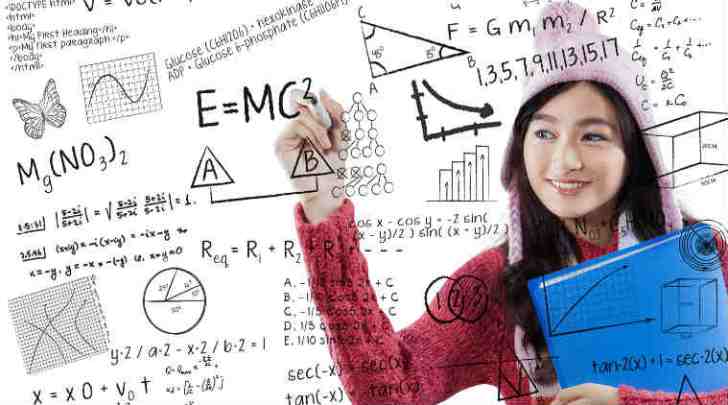
Although it is with every subject that one must have abundant clarity and understanding before appearing for an exam at any stage of life but with Mathematics the level required notches up just a bit.
Since there is a level of competition involved in prestigious examinations like CAT, GMAT, Bank PO’s, Staff Selection Commission, the candidate needs to have a proper strategy to score well in this subject.
In any competition examination, quantitative section constitutes roughly around half of the question paper – directly or indirectly. It may include questions ranging from arithmetic to algebra to geometry to data interpretation to data sufficiency. No examination is deemed to be complete without a major role of quantitative section. Thus, whether you like the subject or not, you cannot ignore Mathematics if you are to appear for a Competition Examination!!
How to deal with the quantitative section
While all the questions may not require advance knowledge of mathematics, conceptual clarity of basics of Mathematics learnt at school level and the tricks to quickly solve questions are something one can’t certainly do without.
Knowing mathematics is different from understanding mathematics. While preparing for the examinations, if the questions have actually been solved by hand and not just read with solutions, you definitely stand a better chance to solve the same more quickly in the exams when it matters the most.
Thus, the first and the only mantra to have a perfect grip over the subject is practice more.
Most of the competition examinations these days have negative marking too. Thus, for students, it turns out to be a two front battle — to solve the maximum number of questions in the least possible time and to solve them correctly. To achieve the twin target one surely needs to ensure to memorise basic formulae/ methods. Also, never attempt to answer a question in first go if you are not 100 per cent sure.
Some of the tips for an efficient problem solving and good results in quantitative section are below:
General quantitative questions
— Memorise squares up to 35, cubes up to 15 and prime numbers up to 150;
— Memorise numerical tables up to 20;
— Remember percentage related fractions up to 1/12 (e.g. 50% = 1/2, 25% = ¼ and so on)
— While sitting in the exam, never pressurise yourself with time factor during initial stages – try to reach the last question within 25-35 per cent of the time scheduled for quantitative section after continuously ticking approximately 50 per cent of the total number of questions
— Memorise shortcuts and discuss them with friends to have perfection
READ: Tips to prepare for entrance exams
— Prefer applying hit and trial methods – wherever possible – before you think of actual working. Some questions can in fact be solved by elimination of choices. Work smartly to all such questions.
— Right from the day you begin preparing for the exam, start making your own notes for short cuts;
— Practice to solve by oral working of calculations as it saves time;
— Emphasise more on high scoring chapters;
— Memorise area formulae for 2-Dimensional and 3-Dimensional figures;
— Focus on algebraic and Indices formulae;
— Remember important T-ratios (in Trigonometry) and their values;
— Remember Pythagoras Triplets.
Data interpretation questions
— Always glance the data with its units (viz. meter, day, kg, lakhs, etc)
— Have a bird’s eye view of what it contains and swings around;
— Keep a watch on the answer choices – if wider – only then think of rounding and ball park thinking else get down to do the detailed working as per the question demand;
— Rounding should be done with justifications and should look genuine and proportionate;
— Instead of actual calculations always believe in mental calculations, rounding off and avoid doing rough work and
— If any rough work is done, it should be kept a track off so that it is revisited for subsequent questions.
Read: Bad at maths? Blame it to your parents
Data sufficiency questions
— Never presume or suppose anything other than the information at hand;
— You need not solve the problem actually. Your job is to simply observe whether the problem can be solved or not and a definite result be reached or not with the information available;
— Learn the basic concepts on number systems, inequalities, geometry, equations for ease in data sufficiency roblem solving;
— During practice, actually solve the questions so that it can be easily recalled during the examination.
[Source:-the Indian Express]






